Canned Production Line Procurement Challenges: Common Issues in Supplier Docking Communication and Solutions
In the food processing industry, canned production line procurement is a high-risk, high-reward task. As a buyer, you need to address complex supply chain management issues to ensure efficient equipment operation and food safety compliance. However, during the docking communication process with suppliers, various pain points often arise. These canned production line procurement challenges not only affect production efficiency but can also lead to cost overruns and delays. This article delves into these common issues and provides practical solutions to help you optimize your food equipment procurement strategy. Whether you're a first-time buyer or an experienced business owner, this guide can assist you in mitigating risks and enhancing supply chain optimization.
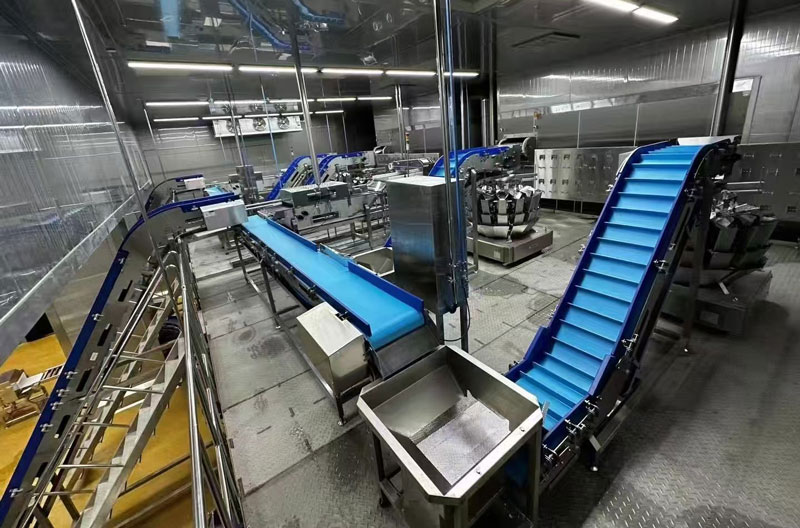
Why Is Canned Production Line Procurement So Complex?
Canned production line procurement involves multiple processes such as filling, sealing, sterilization, and packaging, which demand high precision and stability from the equipment. According to industry data, the supply chain disruption rate in food manufacturing exceeds 20%, primarily due to communication breakdowns and supplier instability. In a B2B environment, food processing equipment procurement often faces global supply chain fluctuations, such as rising raw material prices or logistics delays. This makes procurement challenges particularly prominent. Understanding these issues can help you develop more effective procurement strategies to achieve supply chain optimization.
Communication Barriers: The Primary Pain Point of Information Asymmetry
Effective supplier docking communication is key to successful canned production line procurement, but information asymmetry often leads to significant problems. For example, changes in equipment specifications may not be notified in time, causing the production line to mismatch with existing processes and affecting the precision of canned sealing equipment and product shelf life. Additionally, a lack of feedback channels can amplify food safety compliance risks: suppliers' slow responses to quality complaints may violate industry regulations.
Common communication issues include:
Internal coordination deficiencies: Deviations in production department demand forecasts leading to inventory buildup.
Cross-departmental disconnects: Delays in information transmission between buyers and suppliers.
Unreported regulatory changes: Impacting the compliance of food processing equipment.
Solutions: Establish digital communication platforms, such as ERP systems, for real-time data sharing. Conduct regular meetings to ensure transparency in supply chain management.
Supplier Selection and Stability: Core Procurement Challenges
In food manufacturing SEO and B2B keyword strategies, supplier selection is a hot search topic. Many buyers focus solely on price, overlooking reputation and after-sales service, leading to difficulties in later canned production line equipment maintenance. Poor supplier stability, such as frequent changes or recurring defects, amplifies procurement risks.
Key issue points:
Monopoly suppliers make negotiations difficult, unable to resolve delivery issues.
Fragile supply chains: Unstable sources of packaging materials affecting canned production efficiency.
Inadequate qualification assessments: Ignoring industry terms and local searches in food manufacturing SEO.
Optimization strategies: Conduct comprehensive keyword research targeting terms like "canned production line suppliers" to evaluate multiple vendors. Introduce a multi-supplier model to diversify risks and sign long-term contracts for stability.
Delivery and Scheduling: Direct Impacts of Supply Chain Disruptions
Delivery delays are among the most common canned production line procurement challenges, stemming from transportation, customs clearance, or unreasonable production plans. This can lead to production line idleness, missing seasonal market opportunities. Unexpected events like equipment failures, if not communicated in advance, further magnify the impact.
Delivery issue checklist:
Early/late deliveries: Imbalanced inventory management.
Global logistics fluctuations: Affecting food equipment procurement cycles.
Lack of contingency plans: Increasing supply chain optimization difficulties.
Practical suggestions: Use predictive analytics tools to forecast demand and include penalty clauses in contracts. Optimize procurement processes by integrating local suppliers to reduce risks.
Quality Control and Acceptance: Core Safeguards for Food Safety
Substandard quality is a hidden killer in food processing equipment procurement, such as insufficient precision in canned sealing equipment or materials not meeting standards, requiring repeated inspections. Non-standard acceptance procedures may expose contamination risks after warehousing. Insufficient traceability hinders quick handling of batch issues.
Quality pain points explained:
Vague inspection standards: Increasing procurement costs.
Late discovery of defects: Affecting production safety.
Compliance gaps: Violating food safety regulations.
Improvement methods: Introduce third-party audits and emphasize traceability systems. Share best practices through SEO-optimized content like blogs to attract potential suppliers.
Contracts, Costs, and Compliance: Long-Term Risk Management
Incomplete contract terms can lead to procurement disputes, such as unclear responsibilities or difficulties in enforcing penalties. Cost fluctuations are significant, with unstable supplier prices easily leading to overruns. Compliance challenges, like unreported environmental issues, may bring legal risks.
Contract issue overview:
Ambiguous clauses: Unclear change responsibilities.
Budget overruns: Rising raw material prices.
Compliance loopholes: Affecting food safety.
Strategy guide: Sign detailed contracts including supply chain optimization clauses. Conduct regular audits to ensure adherence to industry standards.
Conclusion: Master Canned Production Line Procurement to Drive Business Growth
Facing canned production line procurement challenges, you can significantly reduce risks through supplier docking communication optimization and keyword research. Implementing supply chain management best practices, such as digital tools and multi-supplier strategies, will help businesses achieve efficient procurement. If you're searching for "food equipment procurement solutions", explore more resources to enhance your B2B procurement strategy. Optimize your supply chain—start taking action today!
Must-Read Blogs For Chain Restaurants Owner

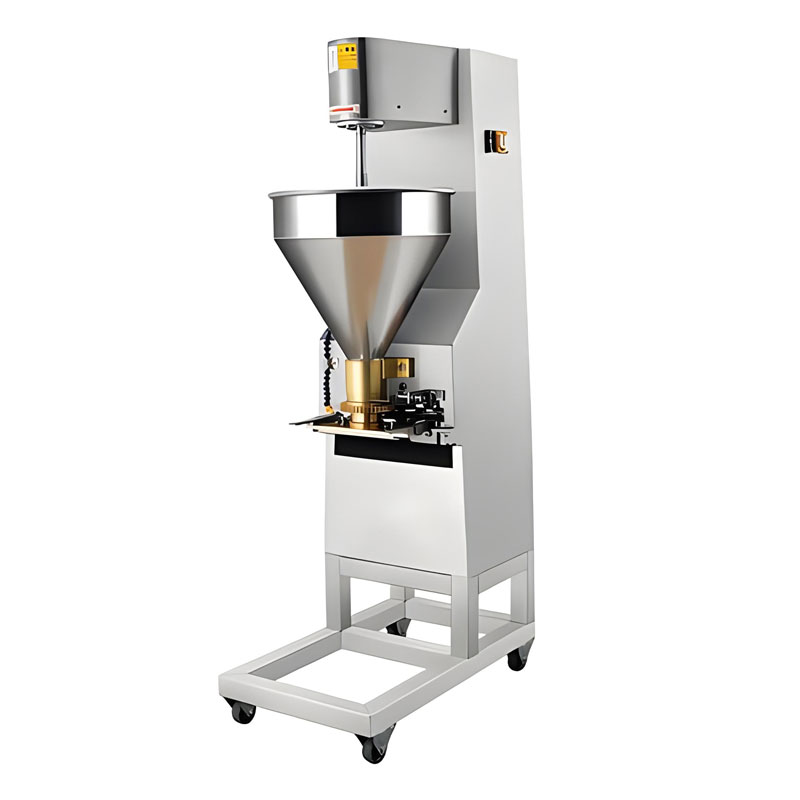
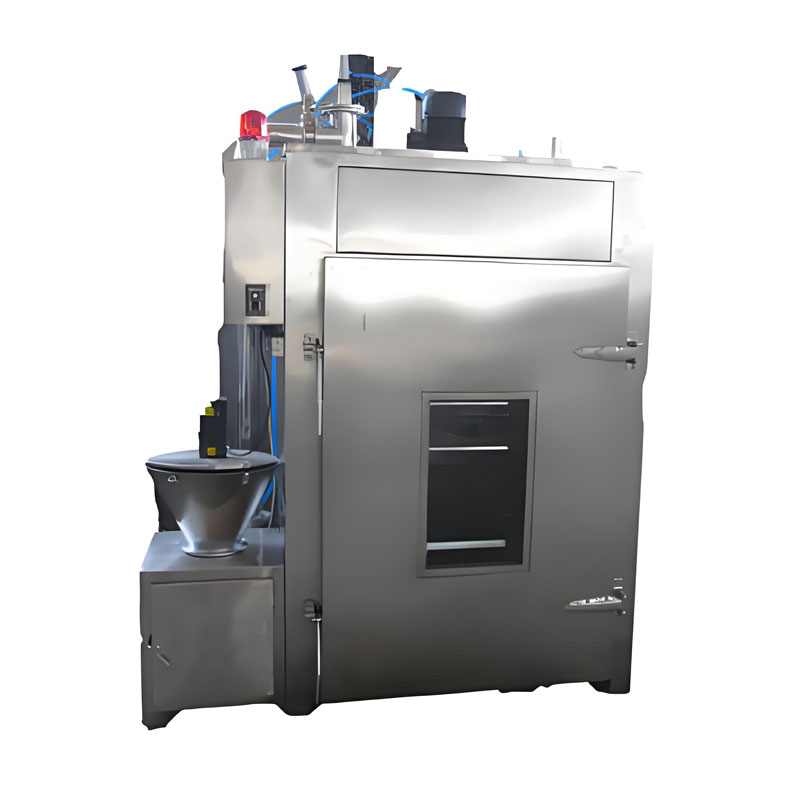
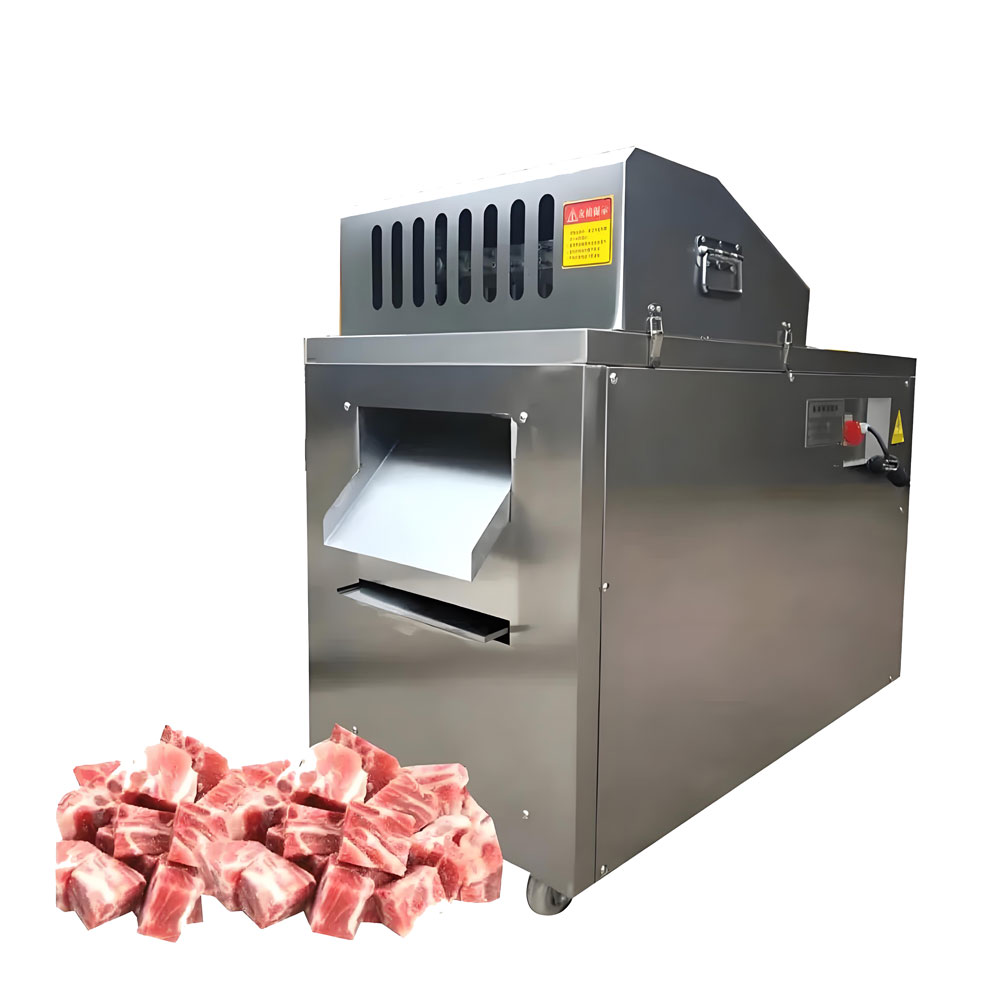
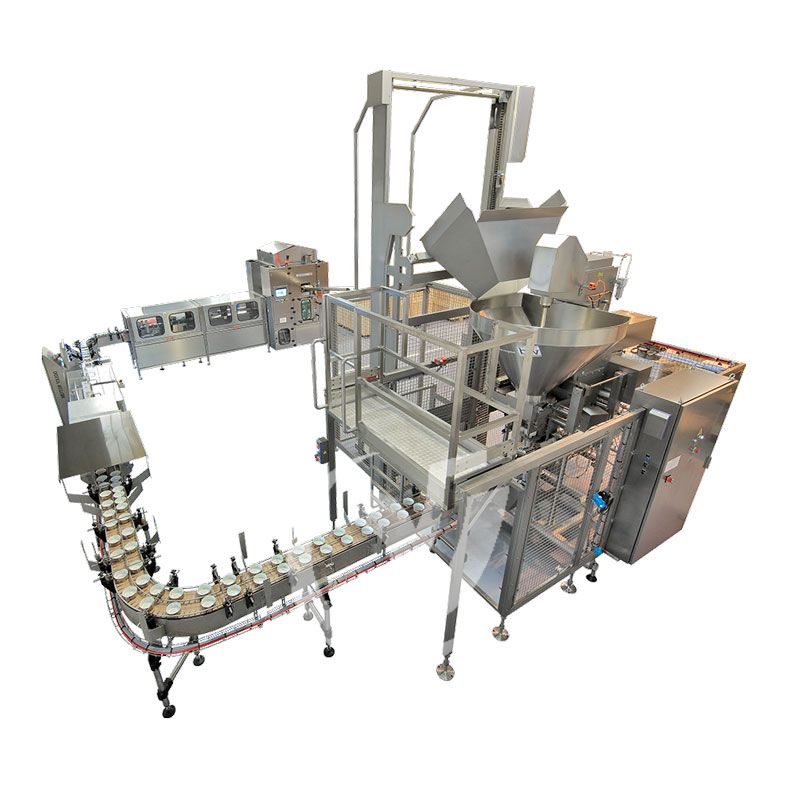

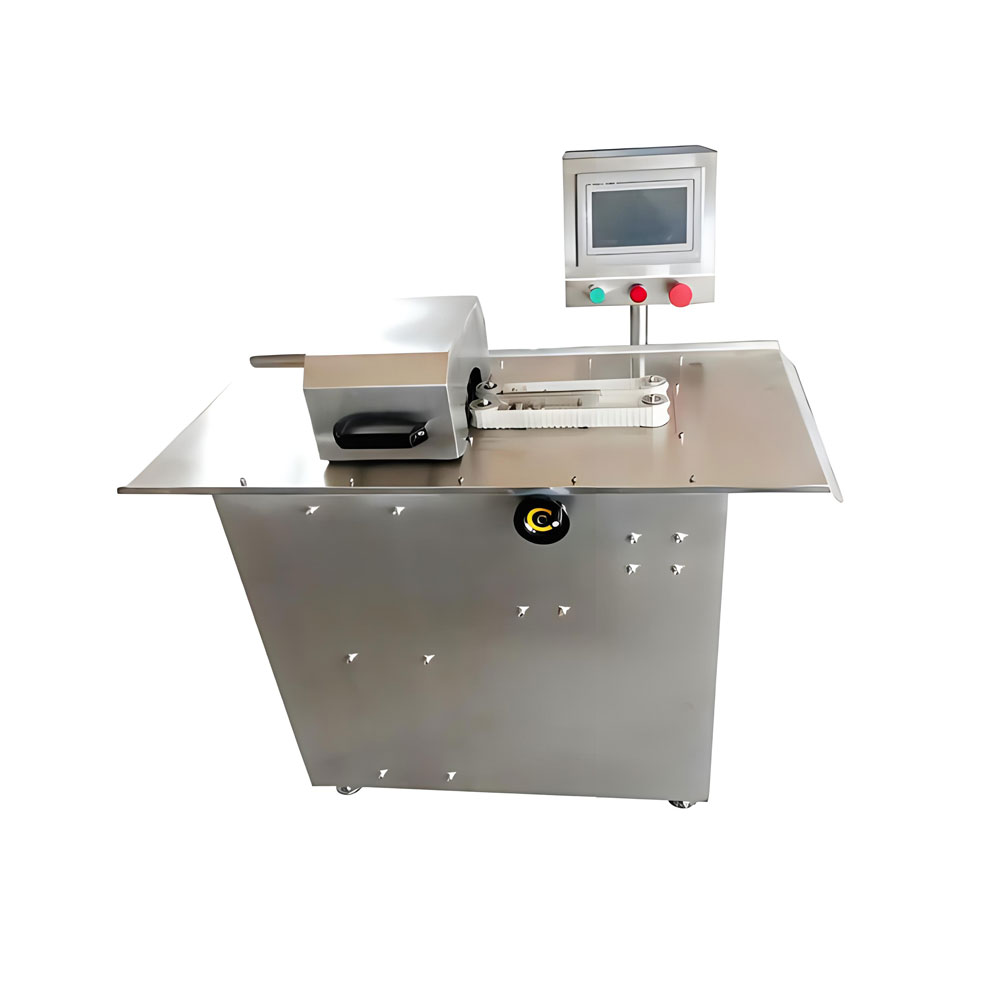
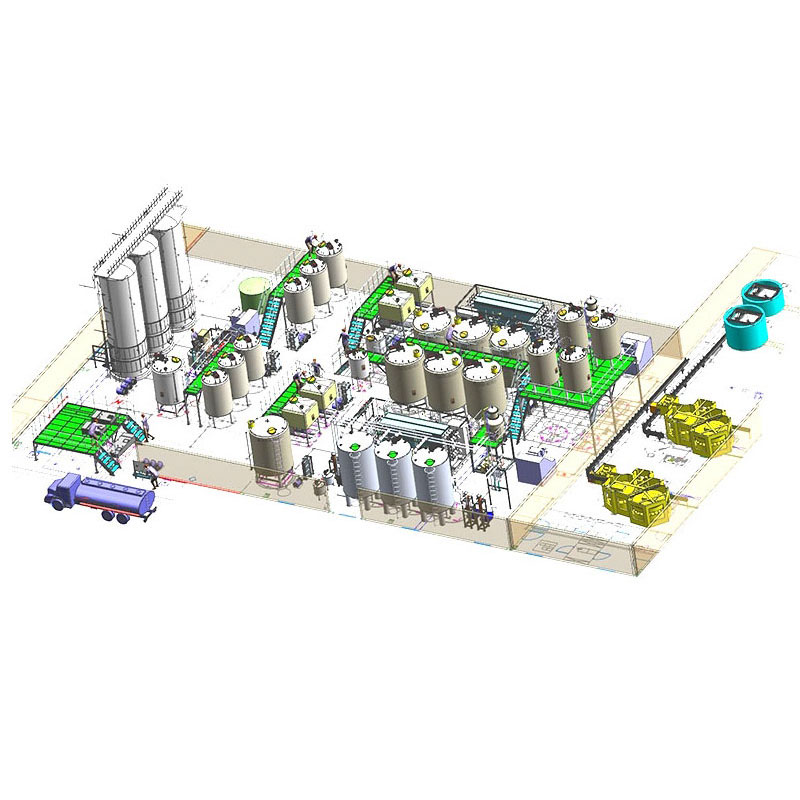
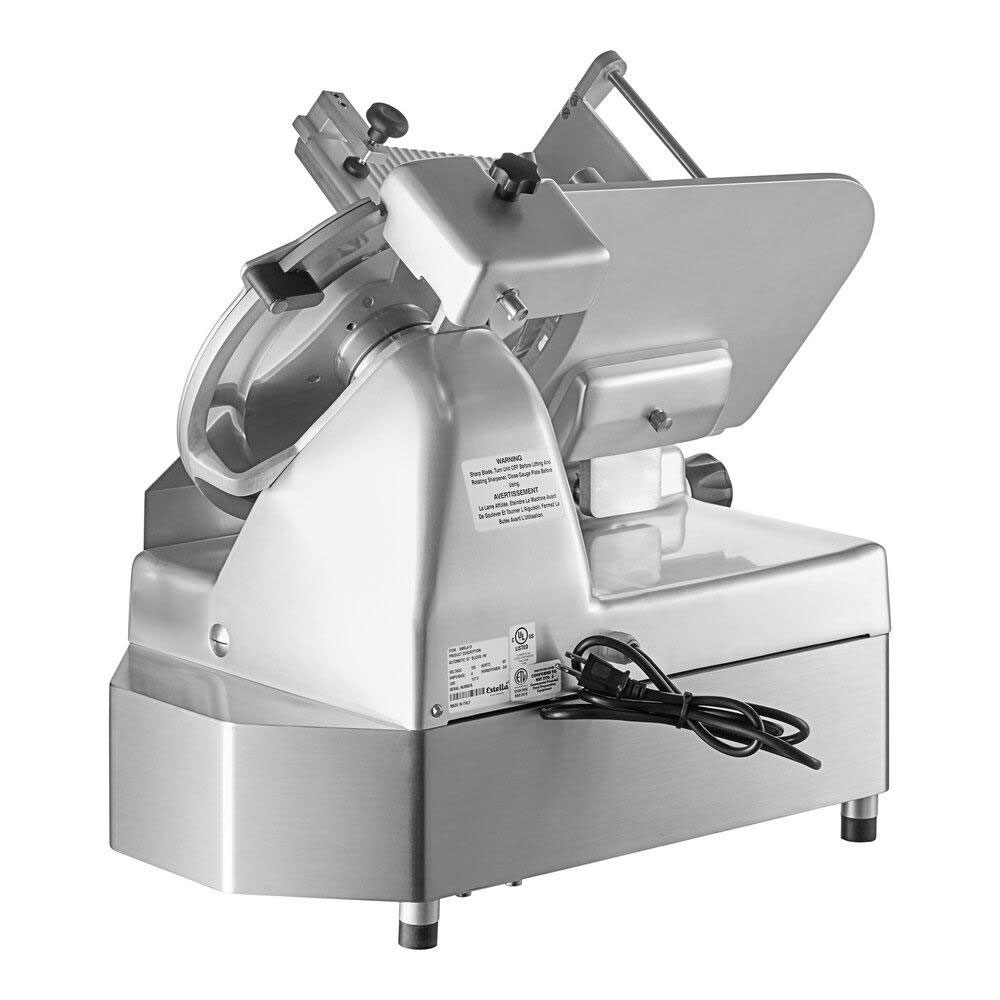
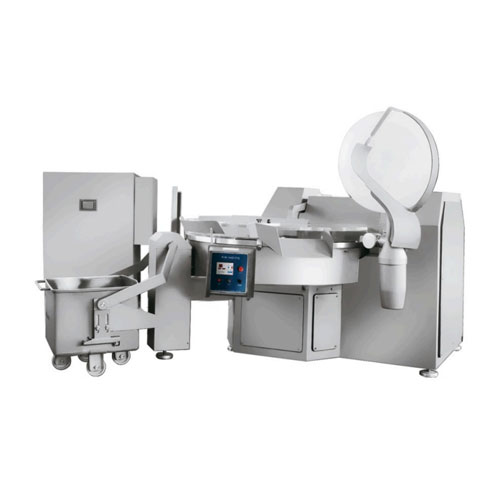
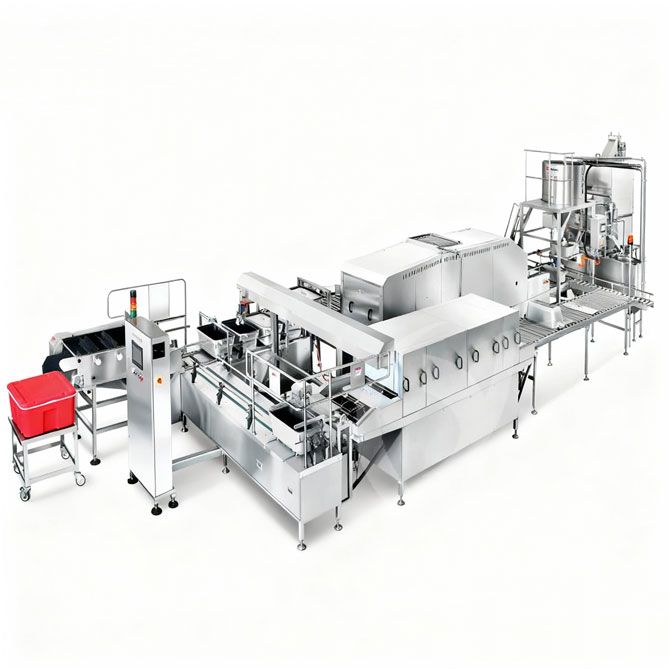
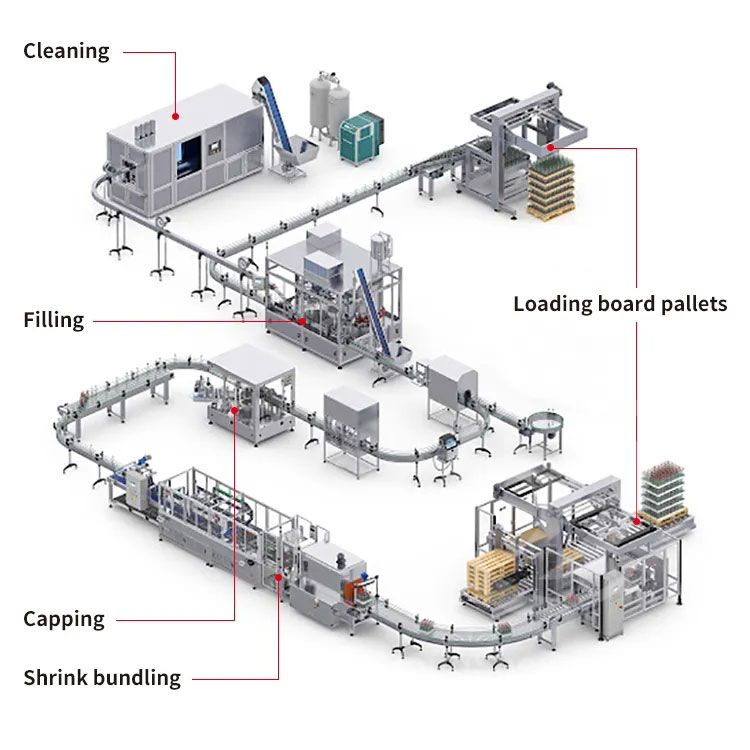 Chicken Soup Canned Production Line
Chicken Soup Canned Production Line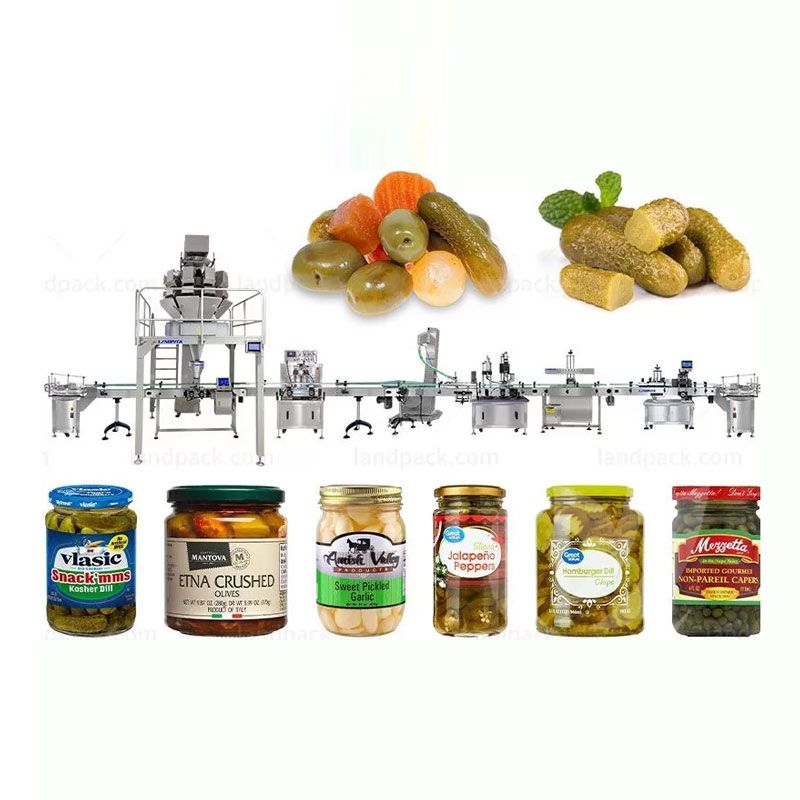 Cucumber Canned Production Line
Cucumber Canned Production Line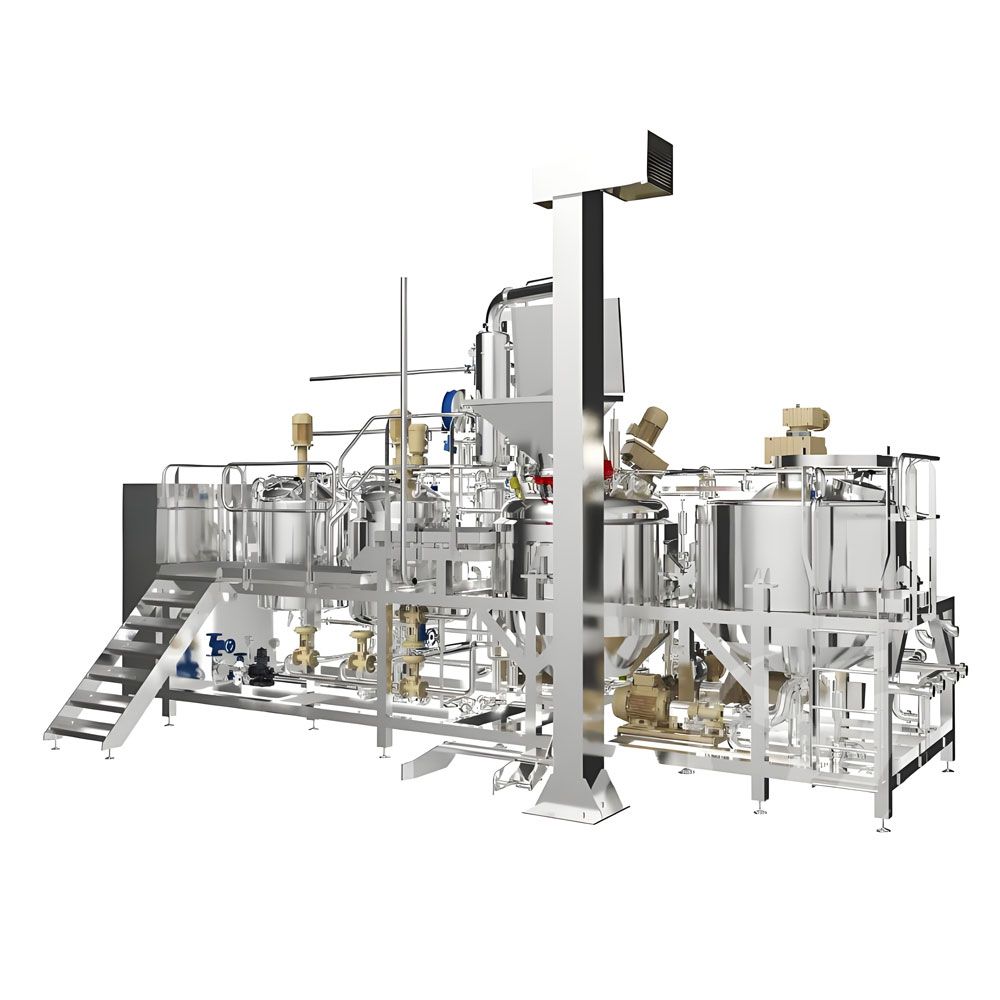 Jam Canned Production Line
Jam Canned Production Line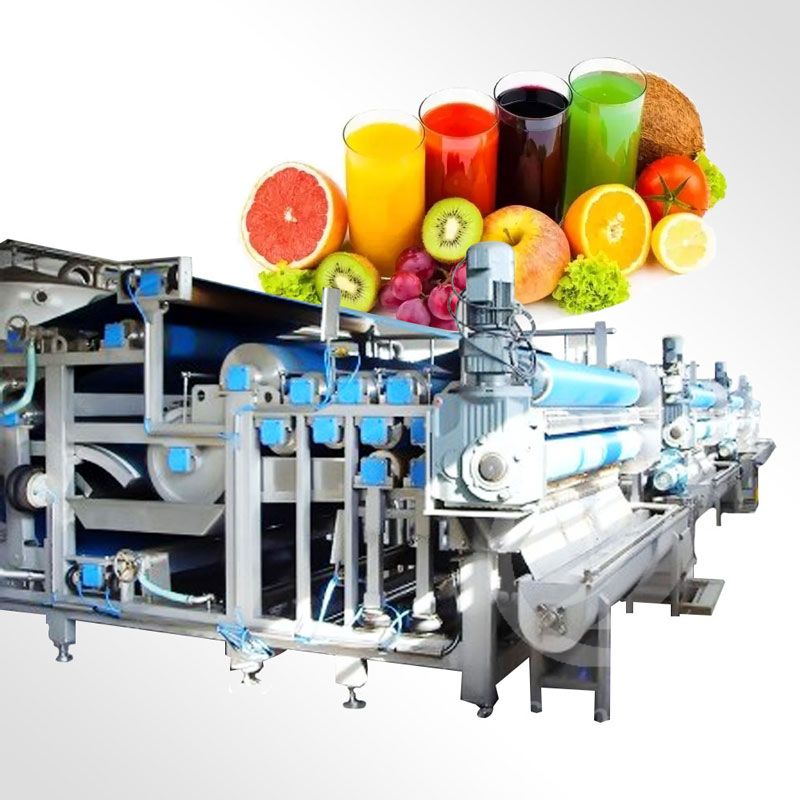 Fruit And Vegetable Canned Production Line
Fruit And Vegetable Canned Production Line
Ready to Get Started?